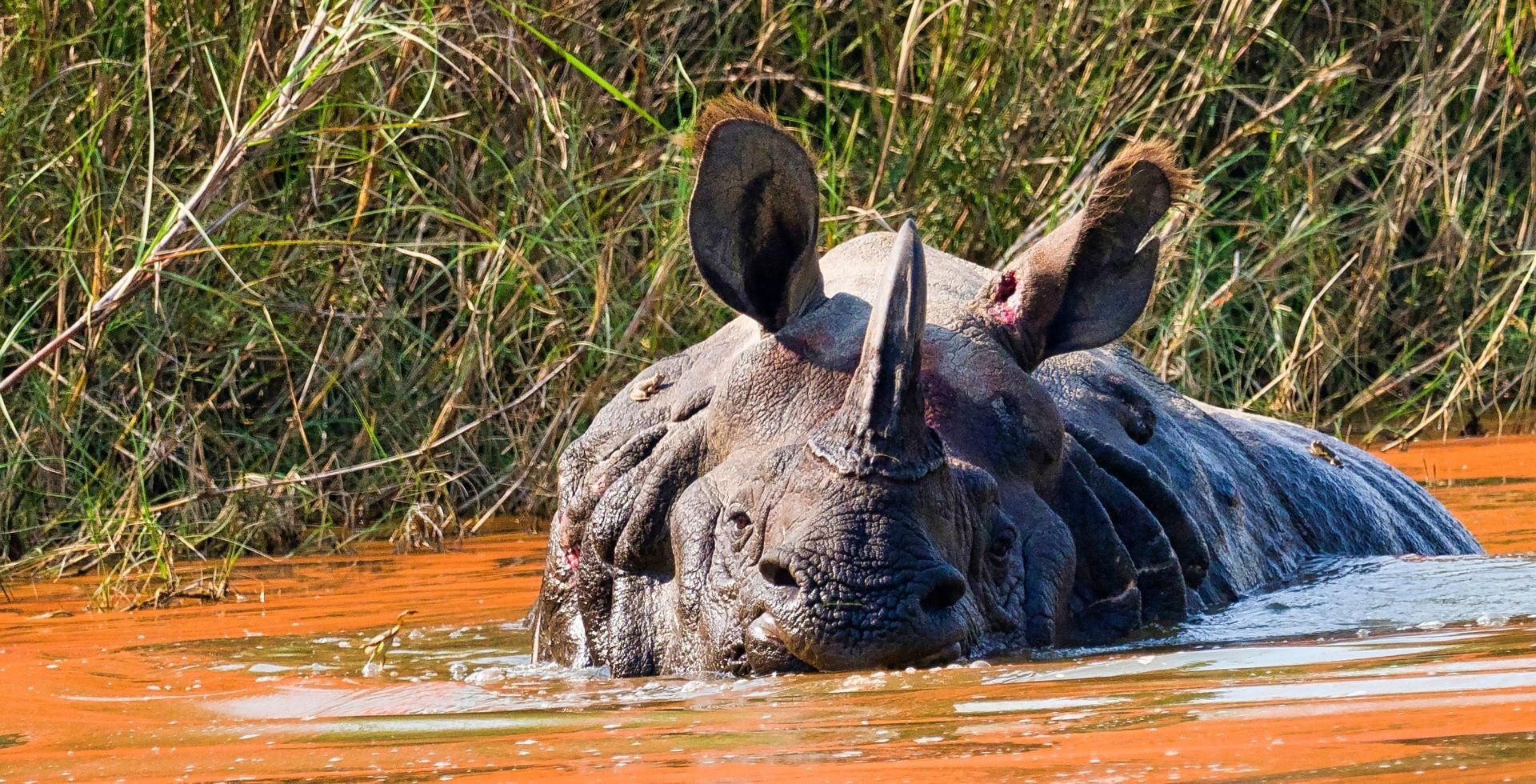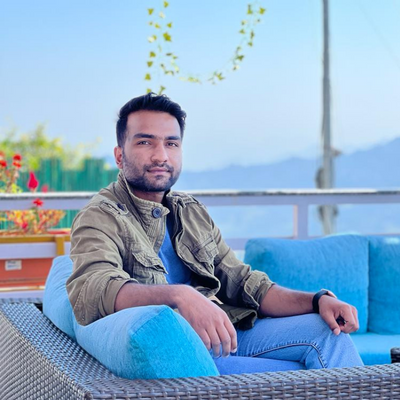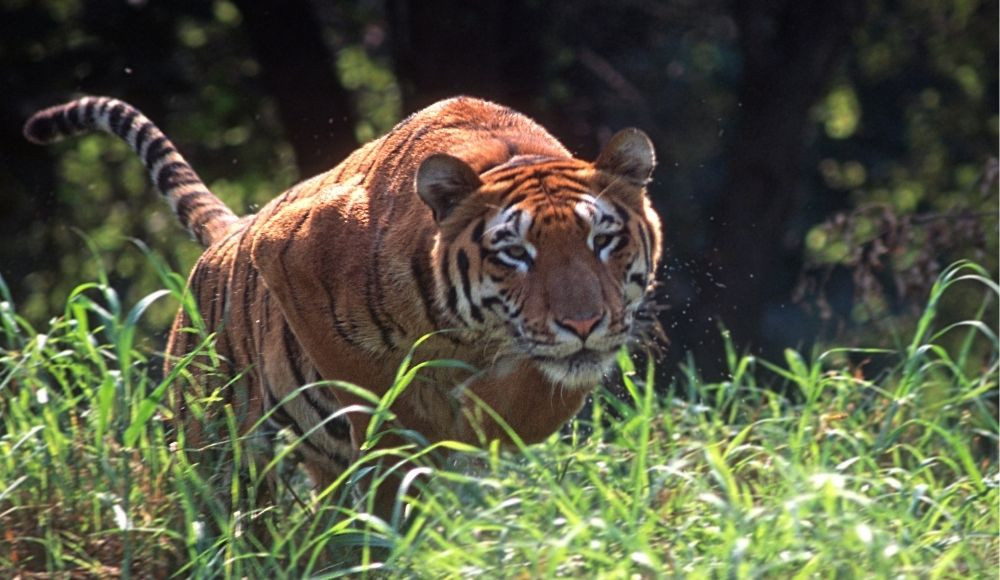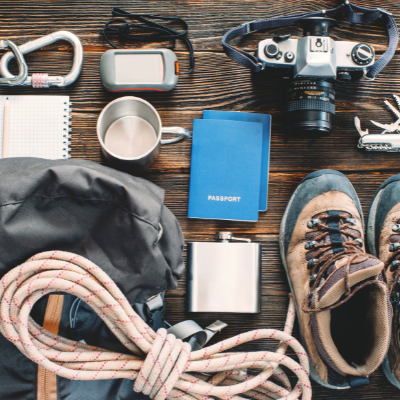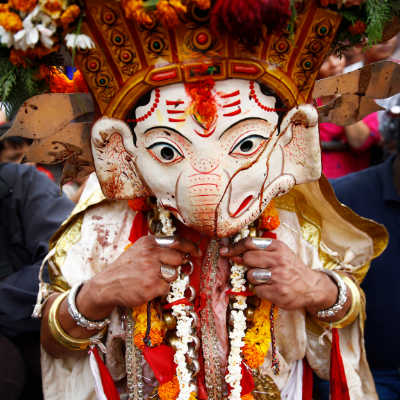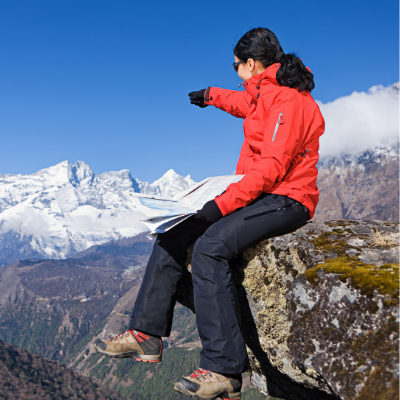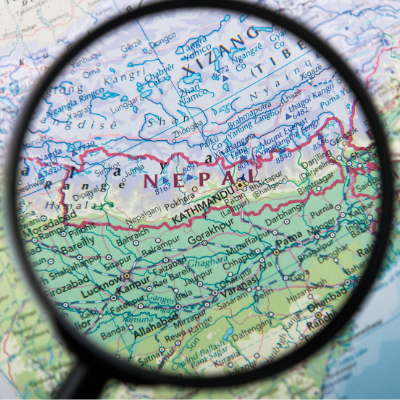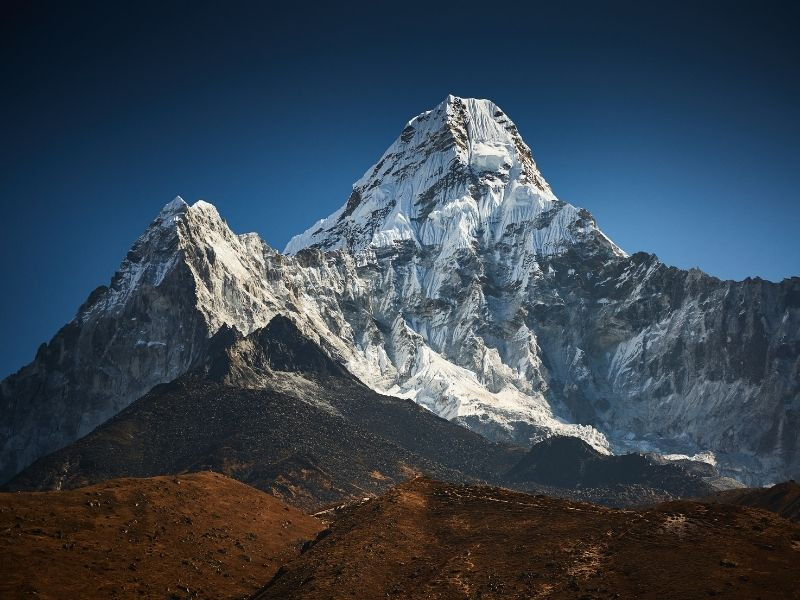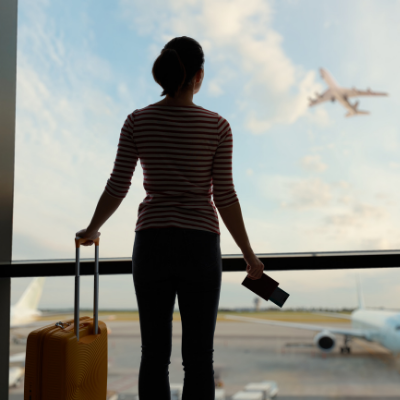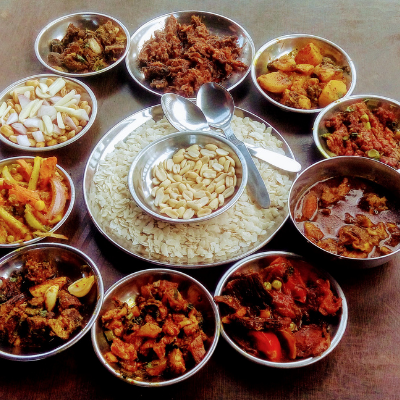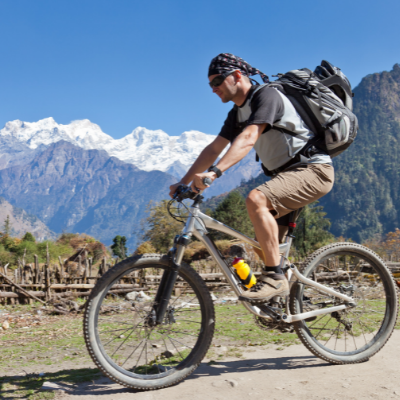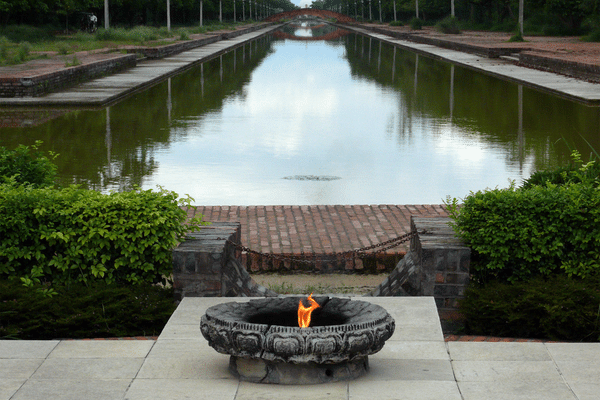Some of the major activities to do around Bardiya National Park are mentioned here. However, there are so many activities that can be done in the forest land. From wildlife photography to the incredible range of jungle activities are popular in Bardiya. The national park area is also popular for its amazing natural scenery and offers a wide spectrum of natural resources.
1) Jungle Safari
Jungle safari here is the most different jungle safari because of the tiger’s inhabitants. Bardiya National park is the most famous national park to search for tigers activities not only in Nepal but also all over the world. Bardiya is an important wildlife conservation area that suffers from rustling. On the other hand, Bardiya has achievements in growing animal populations naturally.
A wide range of wildlife species can be observed during the jungle safari in Bardia National Park. Further, this protected area is an incredible source of wildlife research and education. The river system in its territory, especially the Karnali river is another major attraction to witness in this wild terrain.
2) Visiting Elephant Breeding Centre
In the south of Bardiya National Park, there is a little elephant breeding centre. The different aged elephants are residing in the breeding centre. Some of them are used for anti-poaching patrols, others are here due to harm and for breeding. In Nepal, the elephant is becoming one of the endangered animals and the centre was established to increase its numbers. You will also have the opportunity to visit the breeding centre. Moreover, you can learn about the effort to increase the pachyderm population and get to see several cow elephants and their calves.
The elephant breeding centre is also a wonderful place to know about how the elephants are managed and fed by a specific person Mahout and the various efforts put into conserving and increasing the number of this graceful animal.
3) Fishing
Karnali river is the longest and one of the largest rivers in Nepal. It is also the perfect fishing ground for Golden Mahaseer and river Catfish. It certainly has the rich surroundings of the Karnali river include Bardiya national park. Karnali river is an amazing fishing adventure that combines adventure rafting and the unforgettable fishing adventure of Nepal.
4) Boating
Getting to the rivers around Bardiya is a favourite day trip for many visitors. Also, you will get to see the jungle from a unique view. Exploring the jungle while surfing in the boat ride by the locals enables you to witness the incredible aquatic species and the peaceful atmosphere of Bardia itself.
5) Visiting Tharu Museum
Just inside the main gate to the national park, there is a Tharu cultural museum. Inside the building, there are various Thrau cultural displays from agricultural equipment to everyday worship and kitchenware. Visiting the cultural museum is an impeccable possibility to understand evolving culture and traditions and the lifestyle of inhabitants.
6) Bird watching
Bardiya national park is one of the best birdwatching destinations in Nepal. The bird watching activity here is very impressive as you can see the various species of migratory and resident birds.
Some of the most famous birds like crow, myna, dove, vulture, crane, kingfisher, sparrow, parrot, eagle, hummingbirds, kite, Cookoo, egrets, black ibis, warbler, duck, francolins, hornbills and many others can be witnessed in the protected area.
7) Visit Crocodile breeding centre
Crocodile breeding centre can be reached from both inside the park and outside near the elephant breeding centre. Crocodile breeding centre contains swamp huggers and Gharial crocodiles. It is a perfect time to explore the crocodiles and you can also see the efforts put to increase the species population and their breeding process.
8) Pilgrimage in Bardiya
At Thakurdwara, there are several small temples and shrines. The Shiva temple has a history dating back to the origins of Bardiya. The Shiva temple is also colourful and unique in Nepal. Thaurdwara temple is one of the most popular temples of Nepal and is famous for its greatest religious importance. Many people from the surrounding districts and villages visit Thakurdwara during festival celebrations.
9) Biking
Biking is the best adventure in this lush beauty. You can carry a map and a compass to know about the directions. For better accessibility, you can use your GPS system and access the map on your device. By biking, you can head south from Thakurdwara until you reach the bridge then follow the path out to several local villages. While doing a village tour by bicycle or bike, you can see the plain farmlands and the local cultural habitat of Bardia.
10) Tharu cultural dance
The Tharu culture program plays a significant role to entertain the tourists visiting Bardiya National Park. It is also an opportunity to introduce the Tharu Culture and tradition to the tourists. People actively participate to perform the cultural dance and showcase their incredible moves. Also, the majority of the tourists arriving at Chitwan can also experience the Tharu cultural dance.



